Read the following text and answer the following questions on the basis of the same
Tribo-electric series:
The tribo-electric series is a list that ranks materials according to their tendency to gain or lose electrons. The process of electron transfer as a result of two objects coming into contact with one another and then separating is called tribo-electric charging. During such an interaction, one of the two objects will always gain electrons (becoming negatively charged) and the other object will lose electrons (becoming positively charged). The relative position of the two objects on the tribo-electric series will define which object gains electrons and which object loses electrons.
In tribo-electric series, materials are ranked from high to low in terms of the tendency for the material to lose electron. If an object high up on this list (Glass, for example) is rubbed with an object low down on the list (Teflon, for example), the glass will lose electrons to the teflon. The glass will, in this case, become positively charged and the teflon will become negatively charged. Materials in the middle of the list (steel and wood, for example) are items those do not have a strong tendency to give up or accept electrons.
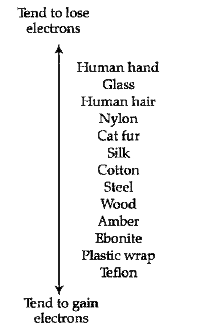
Materials in the upper position has ______ tendency to become positively charged.
low
high
no
medium
The correct Answer is:B
In tribo-electric series, materials ranked from high to low in terms of the tendency for the material to lose electron i.e. they are ranked high to low tendency of getting positively charged.
Similar Questions
Read of the following text and answer the following questions on the basis of the same:
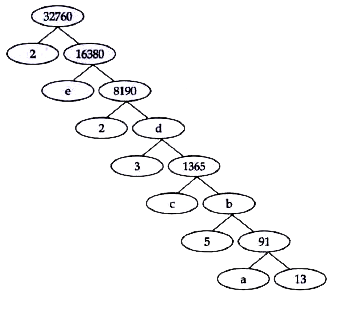
Find the value of e
View SolutionRead of the following text and answer the following questions on the basis of the same:

Find the value of a
View SolutionRead of the following text and answer the following questions on the basis of the same:

Find the value of b
View SolutionRead of the following text and answer the following questions on the basis of the same:
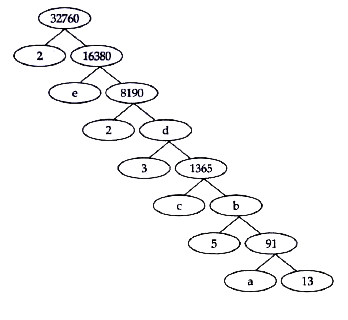
Find the value of c
View SolutionRead of the following text and answer the following questions on the basis of the same:
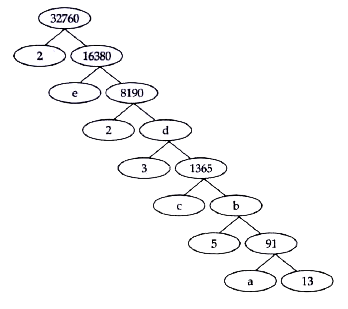
Find the value of d
View SolutionRead the following text and answer the following questions on the basis of the same:
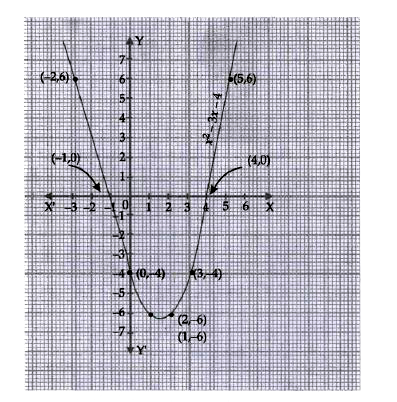
Name the shape of the graph
View SolutionRead the following text and answer the following questions on the basis of the same:
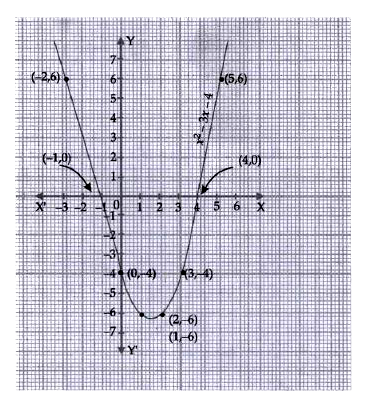
How many zeroes are there for the polynomial?
View SolutionRead the following text and answer the following questions on the basis of the same:

What is the expression for the polynomial?
View SolutionRead the following text and answer the followig questions on the basis of the same :
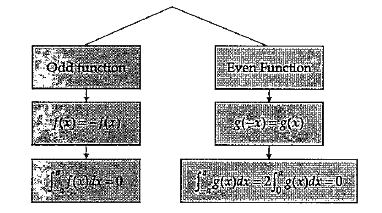
∫π−πxcosxdx = _________.
View SolutionRead the following text and answer the following questions on the basis of the same:

What is the value of the polynomial if x=-1.
View Solution
